7 Tips to Know Before Buying a Garden House: A Guide for Savvy Gardeners
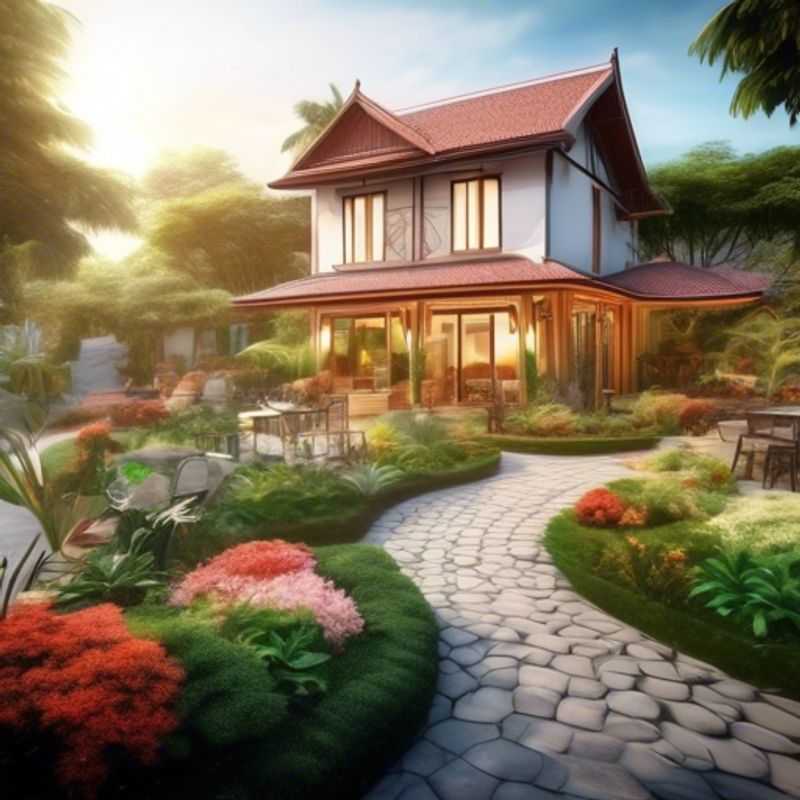
7 Tips for Choosing the Perfect Garden House: A Guide for Your New Oasis
Planning to add a charming garden house to your outdoor space?

Garden Size Matters: How to Choose the Right House Dimensions
When designing your dream home, it's crucial to consider the size and layout of your garden. The relationship between your house and garden plays a significant role in creating a harmonious and functional living space. This guide offers insights on how to make the most of your garden's potential while ensuring your house seamlessly integrates with its surroundings.
Firstly, assess the size and shape of your garden. A spacious garden allows for a larger house, but also consider the potential for landscaping, pathways, and outdoor living areas. If you envision a significant garden area, it might be wise to design a house with a smaller footprint. A compact garden might necessitate a smaller house to avoid overwhelming the space.
Next, consider the layout of your garden. The orientation of your garden influences the placement of your house for optimal sunlight and views. Ideally, position your home to maximize sun exposure during the day and capture breathtaking garden vistas. You might also consider the position of trees, hedges, and other existing features, which could impact the design and placement of your house.
Remember to consider the flow between your house and garden. Design features like patios, decks, and French doors can create a seamless transition between indoor and outdoor spaces. This allows for convenient access to your garden while fostering a sense of connection with nature. If you are looking to expand your garden, consider an addition to your house to create a dedicated space for garden-related activities like potting, storage, or a greenhouse.
Consult with a landscape architect or designer to refine your garden plans and ensure a cohesive and functional design for both your house and garden. These professionals can help you create a garden that complements your home, maximizes the use of space, and reflects your personal style.
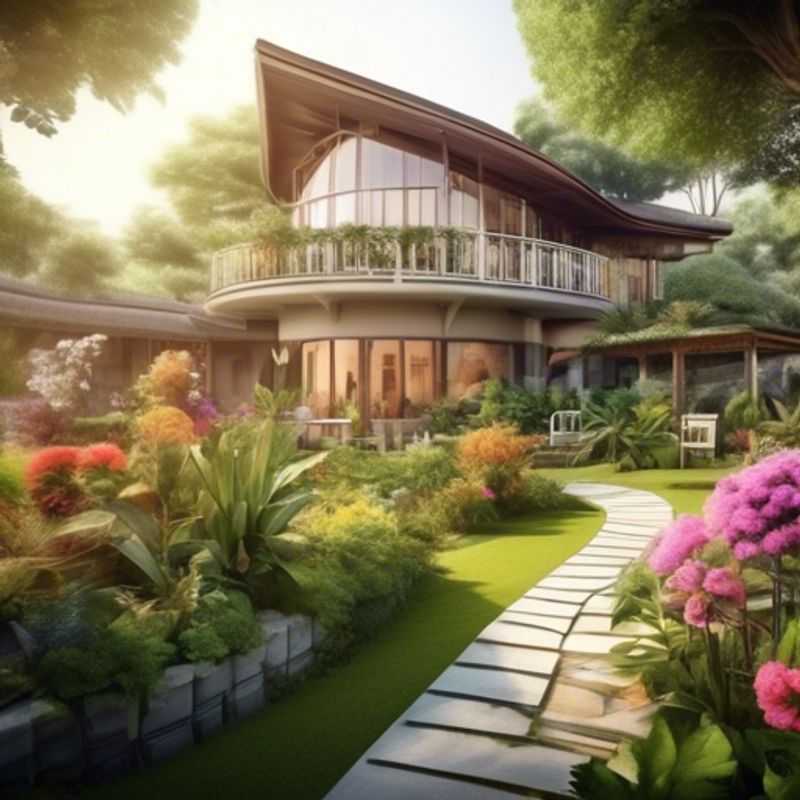
Building for the Long Haul: Evaluating Materials for Durability and Weather Resistance
When evaluating materials for construction, durability and weather resistance are critical factors to consider. These qualities directly impact the longevity and performance of your project, ensuring it stands the test of time against the elements.
Durability refers to a material's ability to withstand wear and tear over its lifespan. It's about choosing materials that resist cracking, fading, warping, and degradation, ensuring your structure remains strong and stable for years to come.
Weather resistance is equally important. This encompasses a material's ability to withstand the harsh effects of rain, wind, sun, and temperature extremes. It ensures your project is protected from damage, preventing costly repairs and maintenance down the road.
To assess durability and weather resistance, consider the following:
Material properties: Analyze the inherent characteristics of each material. For example, wood is known for its natural warmth and durability, while concrete is renowned for its strength and resilience.
Environmental conditions: Evaluate the specific climate your project will be exposed to, including temperature fluctuations, rainfall, and wind speeds. This helps you select materials that are best suited for the environment.
Construction practices: Employ proper construction techniques to ensure materials are installed correctly and adequately protected. This includes using appropriate sealants, coatings, and ventilation to prevent moisture buildup and deterioration.
Maintenance: Remember that even the most durable materials require ongoing care. Implement a regular maintenance plan to inspect, clean, and repair any damage, ensuring your structure remains in optimal condition.
By carefully evaluating materials for durability and weather resistance, you can build a structure that stands strong for years to come. This approach not only enhances the longevity of your project but also reduces maintenance costs and environmental impact over the long term. Remember to consult with qualified professionals for further guidance on material selection and construction practices.

Digging Deeper: Investigating Installation Processes and Permits
Before you start any installation project, it's critical to understand the necessary permits and regulations. Every region has specific rules about construction and installation, so it's vital to research and comply with local codes.
The installation process itself will depend on the specific product and location. For example, installing a solar panel system will involve different steps than installing a new HVAC system.
Be prepared to pay fees for permits and inspections. The cost of these fees will vary depending on the location and complexity of the project.
Always consult with local authorities and licensed professionals for specific guidance on installation procedures and regulations.
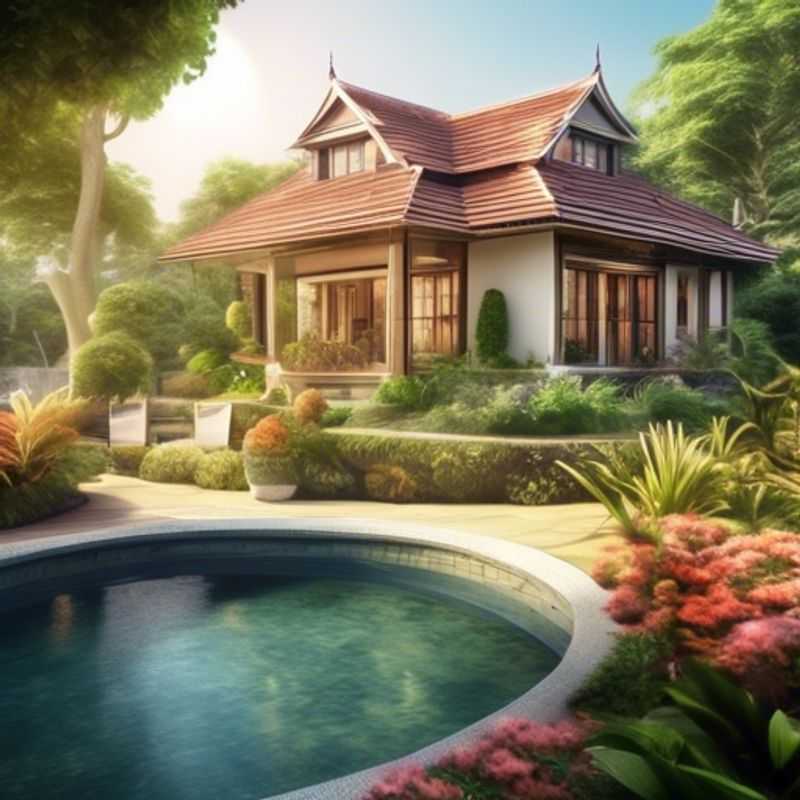
Assess Your Insulation and Ventilation: Year-Round Comfort Starts Here
Assessing your home's insulation and ventilation is crucial for year-round comfort and energy efficiency. Proper insulation helps maintain a comfortable temperature inside your home by preventing heat loss in winter and heat gain in summer, while effective ventilation removes moisture, stale air, and pollutants, improving indoor air quality and preventing mold growth.
To assess your insulation, check the attic, basement, and crawl spaces. Look for any gaps, cracks, or missing insulation. You can also use an infrared camera to identify areas with heat loss. Properly insulating these areas can significantly reduce your energy bills and improve comfort.
For ventilation, check the condition of your existing vents and consider installing additional vents in areas like bathrooms and kitchens. Adequate ventilation prevents moisture buildup, which can lead to mold growth and respiratory problems. You can also install a whole-house fan or energy recovery ventilator (ERV) to improve air circulation and fresh air intake.
Costs for insulation and ventilation vary depending on the size of your home, the type of materials used, and the complexity of the project. It's essential to get quotes from multiple contractors before making a decision. Consider the long-term benefits of improved comfort and energy efficiency when evaluating the costs.
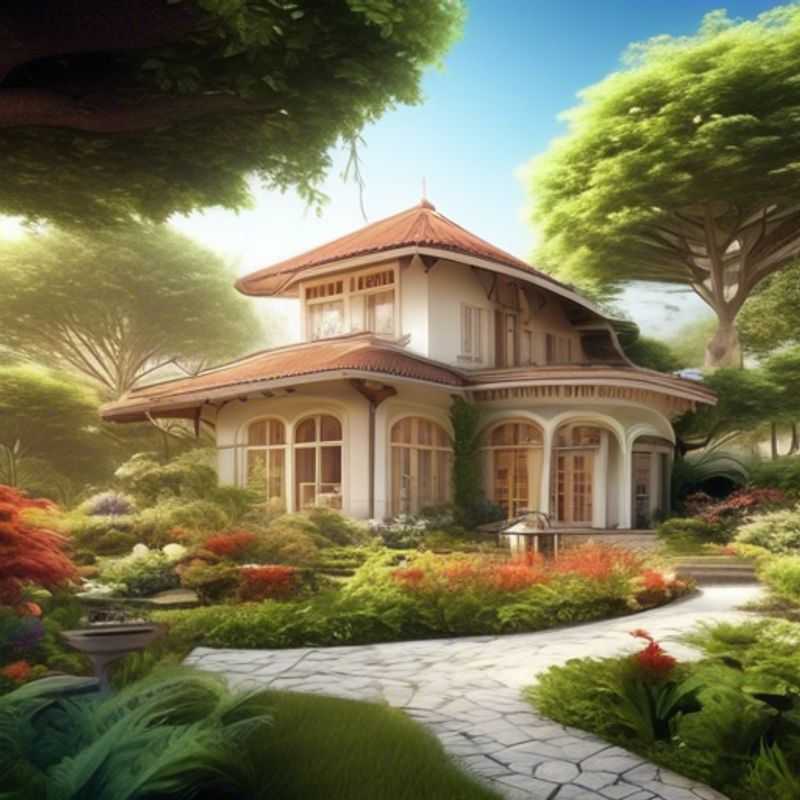
Go Green, Save Green: Choosing Energy-Efficient Options
In today's world, choosing energy-efficient options is crucial to lessen our environmental impact. By making mindful choices, we can contribute to a sustainable future. Here's a quick guide to help you get started:
Energy-Efficient Appliances: Look for appliances with the ENERGY STAR label, which indicates they meet strict energy efficiency standards. This applies to refrigerators, washing machines, dryers, dishwashers, and even water heaters. Investing in these appliances might have a slightly higher upfront cost, but they will save you money on energy bills in the long run.
LED Lighting: Switch to LED light bulbs as they consume significantly less energy than traditional incandescent bulbs. LEDs last longer too, so you'll replace them less often, saving you money and reducing waste.
Smart Thermostats: These programmable thermostats learn your heating and cooling preferences and adjust the temperature automatically, saving you energy and money. Some models even allow you to control them remotely via a smartphone app.
Insulation: Proper insulation in your home prevents heat loss in the winter and heat gain in the summer, making your HVAC system work less and saving you energy.
Energy Audits: Consider hiring a professional energy auditor to assess your home's energy efficiency. They can identify areas for improvement and recommend specific upgrades to help you save energy and money.

Prioritize Features for Your Needs: Storage, Workspace, and More
When choosing a workflow product, it's crucial to prioritize features that align with your intended use. This helps you avoid paying for features you won't use and ensures you get the most value from your investment.
For instance, if you need a lot of storage, look for products offering ample space. If you work with a team, collaboration features are essential. Don't overlook user-friendliness and intuitive design, as these factors impact efficiency and workflow.
Here are some key considerations for prioritizing features:
Storage: If your work involves large files or you need to keep historical data, prioritize products with generous storage capacity and options for data backup.
Workspace: For teams or individuals working on multiple projects, consider features like task management, project boards, and collaboration tools. This helps streamline workflow and keep everyone on track.
Automation: Look for products that support automation to minimize repetitive tasks and increase efficiency. Consider features like scripting, APIs, or pre-built integrations.
Security: Prioritize products with robust security measures, especially if you handle sensitive data. Look for features like encryption, two-factor authentication, and access controls.
User Interface: A user-friendly interface is crucial for any workflow product. Choose products with intuitive design and easy-to-understand features. Look for features like drag-and-drop functionality, customizable layouts, and a clean interface.
Ultimately, the best workflow product is the one that meets your specific needs. Carefully consider your workflow requirements and prioritize features accordingly.
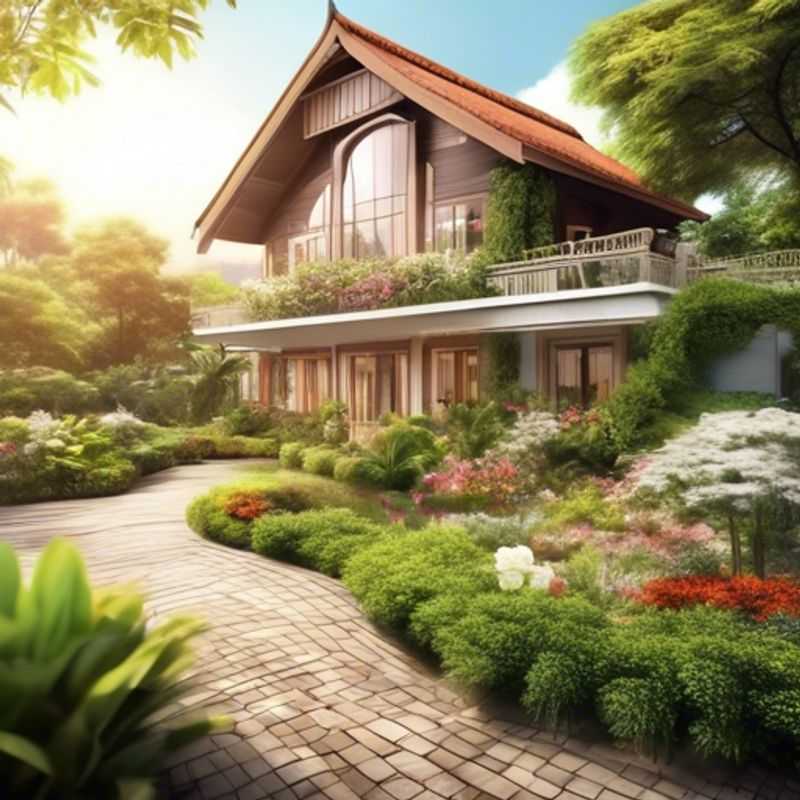
Beyond the Purchase: Researching Warranties and After-Sales Support
Before buying a product, researching the warranty and after-sales support is essential. This ensures peace of mind and protects your investment. Here's what to consider:
Warranty Duration: Understand how long the manufacturer guarantees their product against defects. Longer warranties typically indicate higher confidence in the product's reliability.
Coverage: Check what the warranty covers. Does it cover parts, labor, or both? Are there specific components excluded?
Exclusions: Look for common exclusions like accidental damage, misuse, or wear and tear. These can significantly impact the warranty's value.
Repair or Replacement: Does the warranty provide for repair or replacement of faulty products? Some warranties offer only repair, while others allow for replacement.
After-Sales Support: Evaluate the manufacturer's commitment to after-sales support. This includes factors like availability of spare parts, service centers, and response time to customer inquiries.
Cost of Repairs: Inquire about the cost of repairs outside the warranty period. Some manufacturers offer extended warranties or repair contracts for an additional fee.
Customer Reviews: Read reviews from previous customers to gauge their experiences with the manufacturer's warranty and after-sales service.
Documentation: Ensure you receive a copy of the warranty terms and conditions. Read them carefully and keep them for future reference.
